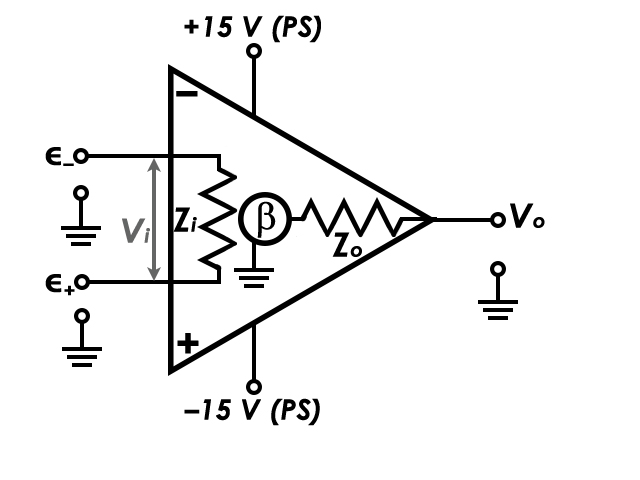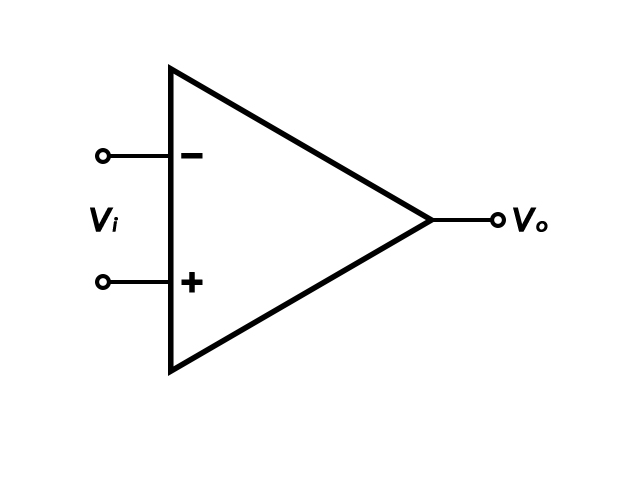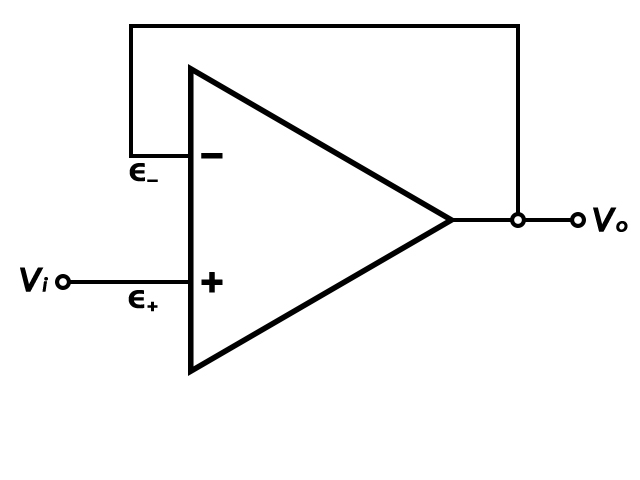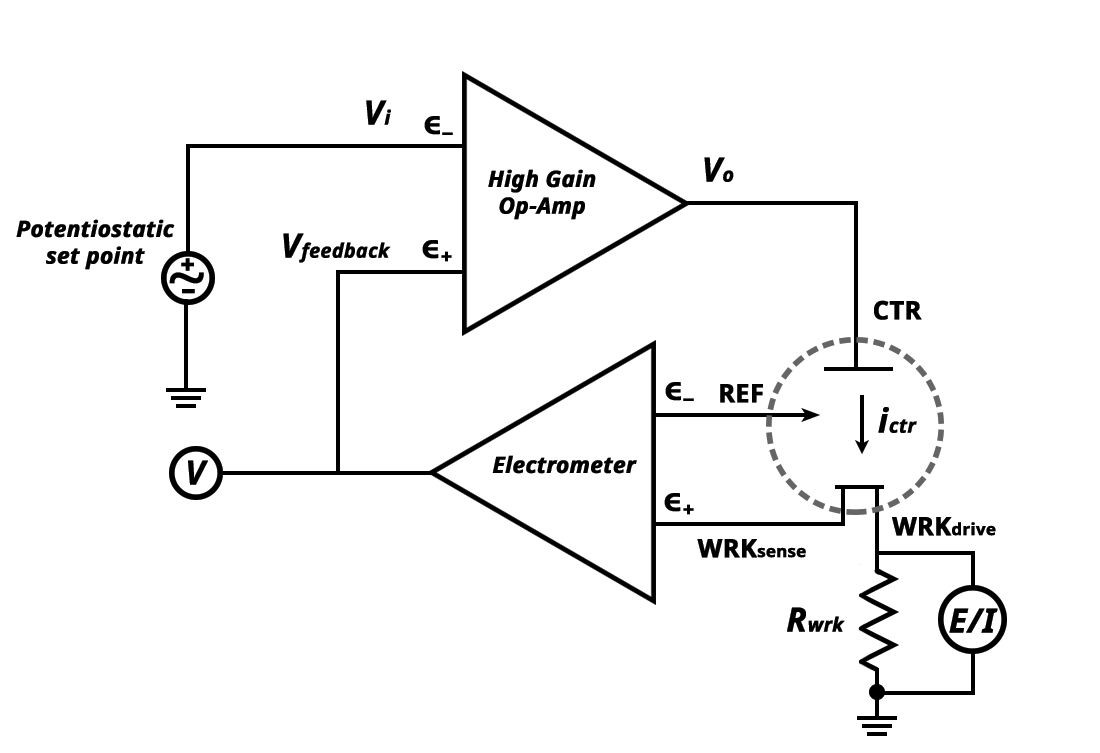What is a Potentiostat and how does it work?
The name “potentiostat” describes its function. “Potentio” refers to
electrical potential, and “stat” stems from the Greek word “stato,”
which means standing or set.
As you can control the temperature of a room using a “thermostat,” a
potentiostat can control the potential of a single working electrode in a
3-electrode system, and is sometimes referred to as a “single-channel
potentiostat.” A potentiostat where the potential of 2 working
electrodes can be controlled independent of each other is referred to as
a “bipotentiostat.”
Potentiostats with more than two working electrode channels are
referred to as a “Multichannel Potentiostat.” A galvanostat refers to
an instrument that controls the current at an electrode rather than the
potential. Most modern potentiostats have galvanostat functionality
built in. The phrase "electrochemical workstation" also refers to a
potentiostat, and to our knowledge, the phrase is only used for
marketing purposes.
------------------
1What is a Potentiostat?
A potentiostat is an analytical
instrument designed to control the working electrode's potential in a
multiple electrode electrochemical cell. The potentiostat contains many
internal circuits that allow it to function in this capacity. The
circuits generate and measure potentials and currents. External wires
in a cell cable connect the potentiostat circuit to the electrodes in
the electrochemical cell. In a conventional
three-electrode cell, the cell cable connects to the
working,
counter (auxiliary), and
reference electrodes
on one end and the potentiostat cell cable connector on the other end.
The internal circuitry of the potentiostat controls the applied
signal. In the case of potential controlled methods, for example, the
working electrode's potential is held with respect to the reference
electrode. At the same time, current flows between working and counter
electrodes. The potentiostat circuit design prevents all but a tiny
current from flowing between the working and the high impedance
reference electrode. While modern potentiostats are more complicated
than can be explained in this article, a brief introduction to
potentiostat circuitry will be discussed to help you understand how a
potentiostat works.
1.1Terminology
It's not uncommon that
terminology gets confusing when discussing electrochemistry. Below is a
short note on potentiostat terminology. This can be useful if you are
purchasing a potentiostat and want to know all the equipment the
potentiostat comes with. If you are interested in purchasing a
potentiostat, you might want to check out our
guide to purchasing a potentiostat article. Additionally we offer a variety of
potentiostats for purchase.
The name “potentiostat” describes
its function. “Potentio” refers to electrical potential, and “stat”
stems from the Greek word “stato,” which means standing or set. As you
can control the temperature of a room using a “thermostat,” a
potentiostat can control the potential of a single working electrode in a
3-electrode system, and is sometimes referred to as a “single-channel
potentiostat.” A potentiostat where the potential of 2 working
electrodes can be controlled independent of each other is referred to as
a “
bipotentiostat.”
Potentiostats with more than two working electrode channels are
referred to as a “Multichannel Potentiostat.” A galvanostat refers to
an instrument that controls the current at an electrode rather than the
potential. Most modern potentiostats have galvanostat functionality
built in. The phrase "electrochemical workstation" also refers to a
potentiostat, and to our knowledge, the phrase is only used for
marketing purposes.
2How does a Potentiostat work?
The core electronic component of
a potentiostat is the operational amplifier, or op-amp for short. When
part of the op-amp output signal is fed into itself, it creates a
feedback mechanism. Feedback is the mechanism by which the potentiostat
can control the potential of the working electrode. Conceptually, one
can think about feedback like driving a car. While driving, you want to
maintain a constant distance between you and the car in front of you.
As the distance between you and the car changes, you adjust your speed
to maintain a safe distance. You are using the visual feedback from the
car to adjust your speed. In this analogy, the distance between you
and the car is the potential, and changing your car's speed (via slowing
down and accelerating) is the op-amp.
2.1Operational Amplifiers (Op-Amps)
An operational amplifier, is
an electronic circuit component powered by a DC voltage capable of
amplifying an input voltage. Schematically, the op-amp symbol is a
sideways triangle with inputs along the vertical line and the output at
the point opposite the inputs (Figure 1). The voltage input to the
op-amp is a differential value between two potential inputs, ∈+ (non-inverting input) and ∈- (inverting
input), both of which are referenced to ground potential. The open
loop gain of the amplifier is a scalar factor (β), and common
amplifications are on the order of 105 - 106,
dictated by the integrated circuit construction. The configuration of
the external feedback circuitry can lower the gain to a user-selectable
value. Some amplifiers have a fixed gain of 1, and only output the
difference between the two input potentials. The output voltage, Vo
, is equal to the product of the gain and the difference in the input
voltages (Equation 1). In practice, several specific details of the
op-amp circuit diagram are omitted for clarity (Figure 2). Notice in
the simplified diagram, power supply voltages and circuit common
(ground) are omitted and are assumed.
 |
(1) |

Figure
1: Circuit Diagram of an Operational Amplifier. In most op-amp circuit
diagrams, the positive and negative Power Supply (+PS and -PS)
potentials are assumed. Therefore, in circuit diagrams of op-amps, they
are most often omitted.

Figure 2: Simplified Circuit Diagram of an Operational Amplifier.
Op-amps have several important characteristics, as follows:
- Small footprint, often measuring < 1 cm2
- Generally inexpensive and widely available
- Typically have large gains (β = 104 - 106)
- High input impedance (Zi ≥ 106 MΩ)
- Low output impedance (Zo ≤ 1 - 10 Ω)
- Ideally, zero output for zero input. In practice, there may be an offset voltage, which can be corrected (i.e., trimmed)
- Intrinsically have high bandwidth, allowing for a wide range of frequency input and output
If an op-amp merely amplifies a
voltage input, the voltage output can be driven too high. Due to the
large gain, even a small differential voltage input (e.g., Vi
= 0.001 V) can amplify the signal to a highly unusable (and possibly
dangerous) voltage, limited by the amplifier supply voltage. To
overcome this possibility, the output signal is routed back into the ∈- input, which creates a feedback loop. When an op-amp uses feedback, it forces ∈- to equal ∈+. This circuit is called a voltage follower (Figure 3). In the voltage follower circuit, if ∈+ input increases, so does ∈-. Since ∈- and Vo are tied together, Vo follows ∈+. Vi = Vo, thus the reduced gain, β, is 1.

Figure 3: Circuit Diagram of a Voltage Follower
2.2The Potentiostat Circuit Diagram
By understanding how an operational amplifier works we can describe how a potentiostat functions based on the figure below.

Figure 4. Simplified Potentiostat Circuit Diagram.
Let's start with reviewing the components in the potentiostat diagram above. Vi represents a user-controlled applied potential called the potentiostatic set point that is referenced to ground. Vi enters the inverting input (∈-) on the High Gain Op-Amp. The output (Vo) connects to the counter electrode lead (CTR). The reference electrode lead (REF) and the working sense lead (WRKsense) connect to a true difference amplifier called the electrometer. The output voltage (Vfeedback) from the electrometer feeds into a voltmeter (V) and into the non-inverting input (∈+) on the High Gain Op-Amp. The working electrode drive lead (WRKdrive) connects to a sense resistor (Rwrk) that connects to ground. The voltmeter (E/I), measures the potential across Rwrk, and converts it to a current. WRKsense and WRKdrive are shorted together and connect to the working electrode of interest. CTR, REF, WRKsense, and WRKdrive are all cables that come out of the potentiostat and connect to the electrochemical cell.
During potentiostat operation, the user applies a voltage Vi to the electrochemical cell. An output voltage, Vo, comes from the High Gain Op-Amp into the electrochemical cell through the counter electrode (CTR). The counter electrode passes current (ictr) through the solution to REF, WRKsense, and WRKdrive. Remember that the inputs to an operational amplifier have a high impedance, hence no current passes through them. Since the REF and WRKsense are connected to a high impedance operational amplifier, the only viable path for the current to flow is through WRKdrive.
The electrometer output voltage is the voltage difference between the
REF and
WRKsense. As the current travels between the
CTR and
WRKdrive,
the voltage drops across a gradient that is proportional to the bulk
solution resistance. This process affects the potential of
REF and
WRKsense. However,
reference electrodes are designed to maintain a stable potential, and the potential at
REF remains constant. This means that any measured changes in the potential come from
WRKsense. The voltage difference between
REF and
WRKsense is the output voltage of the electrometer,
Vfeedback.
Vfeedback feeds into a voltmeter (
V) to measure the difference between the
REF and
WRKsense. It also feeds into the non-inverting (
∈+) input of the High Gain Op-Amp. Recall, that the High Gain Op-Amp amplifies the difference between
∈+ and
∈- (equation 1). If
Vfeedback is not equal to
Vi, the op-amp will either increase or decrease
Vo until they are equal.
Finally, note that in the design of
the potentiostat, working electrode current is not directly measured.
Rather, the voltage is measured across Rwrk which is located between WRKdrive and ground. Rwrk is a known resistor, so based on the voltage measured across it, we can calculate the measured current via Ohm's Law.
 |
(2) |
Where i is the current, V is the voltage, and Rwrk is the known resistor between WRKdrive and ground. In summary, the current at the working electrode is measured by voltmeter (E/I) across Rwrk, the potential at the working electrode is measured by the electrometer (V),
and the applied potential is determined by the potentiostatic set
point. By utilizing the op-amp's feedback mechanism, the potential of
the working electrode with respect to the reference electrode can be
adjusted. Simultaneously adjusting potential while measuring the
current at the working electrode is the heart of voltammetry techniques.
2.3Other Electronic Components
The operational amplifier
and its feedback mechanism are critical for proper potential control of
the working electrode with respect to the reference electrode (in
controlled potential methods). Additional electronic components of a
potentiostat include a function generator, analog to digital (A/D)
converters, and digital to analog (D/A) converters.
Modern instrumentation routinely
translates between true analog responses and their digital equivalent.
Electrochemical experiments generate analog data (current and voltage),
data which are continuous and can take on any value. Computers require
digital data, represented with zeroes and ones. A/D converters rely
upon the instrumentation calibration to accurately translate analog
signals to digital signals. The opposite is true, that D/A converters
translate digital signals into continuous analog signals. In the case
of a potentiostat, current response (an analog signal) passes through an
A/D converter, where the computer is able to plot and manipulate data.
At the same time, digital waveforms generated by the computer pass
through a D/A converter, such that the waveform is applied as an analog
signal to the electrochemical cell.
Modern potentiostats include all
electronic components—op-amps, waveform generators, D/A and A/D
converters—in one instrument. In general, a researcher only requires a
potentiostat, which is often USB-interfaced with a computer equipped
with the potentiostat software. In summary, D/A and A/D converters
allow users to apply and measure potential and current values using a
computer.




Không có nhận xét nào:
Đăng nhận xét